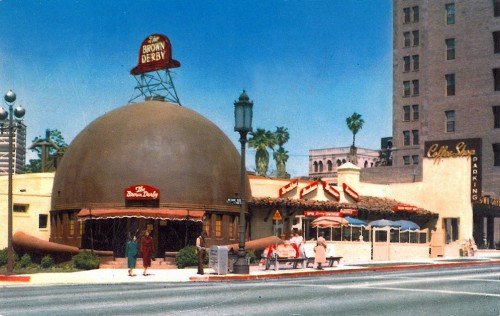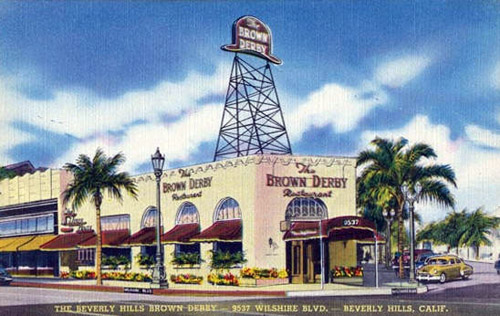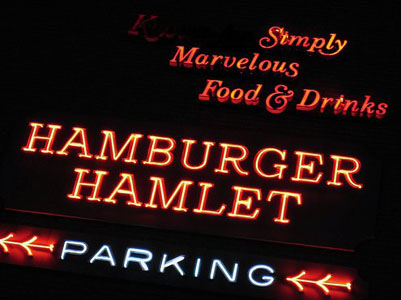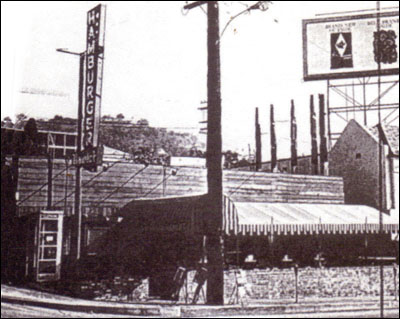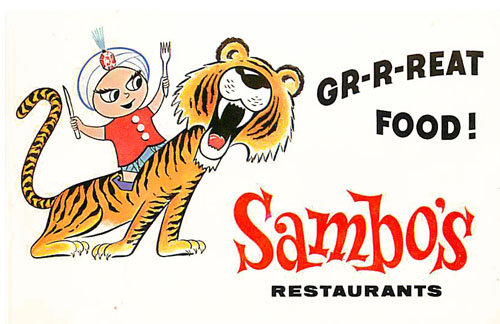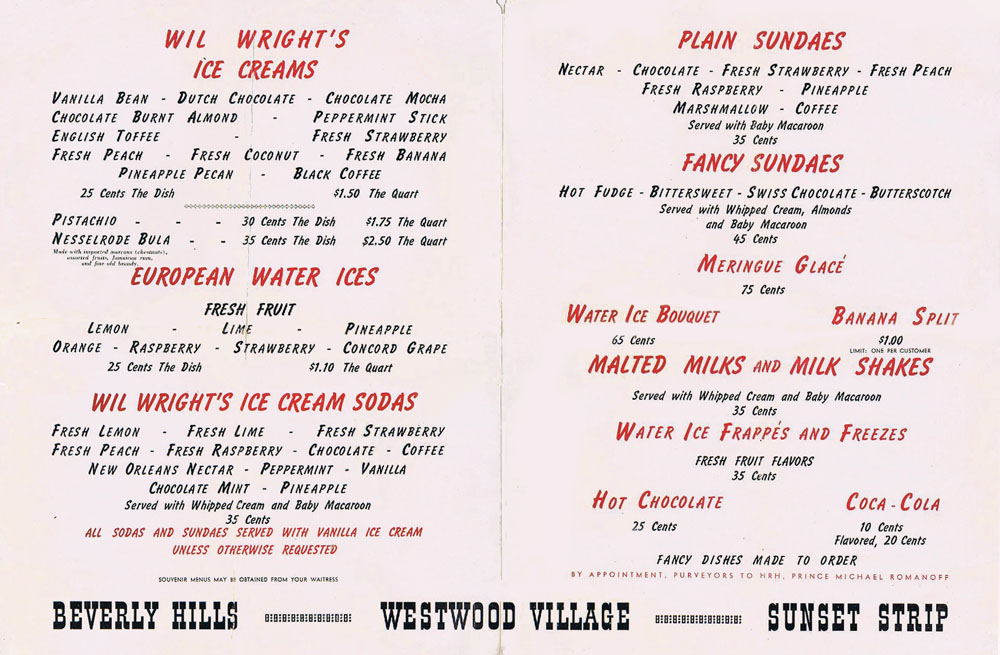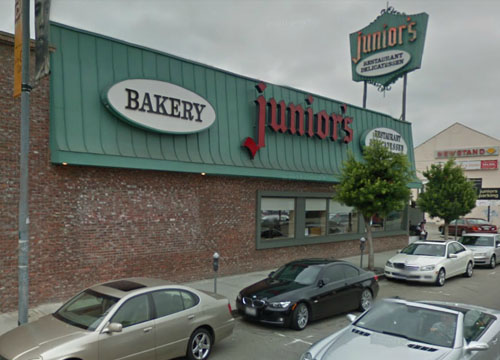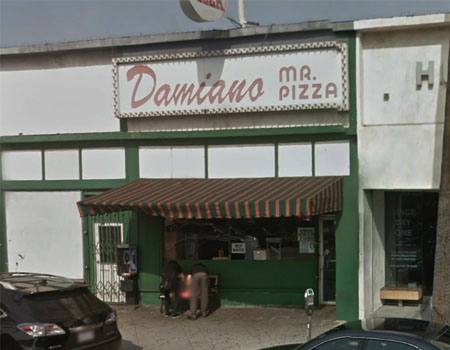![cassells01]()
Cassell’s may not be completely defunct but its first two outlets certainly are, as are several short-lived “expansion” outlets in the eighties. Once upon a time, its name was the most often-given answer to the eternal question, “Where do you get the best hamburger in Los Angeles?”
Situated in Koreatown and open only for lunch, Cassell’s was the kind of place you took your friends, promising them something very special in a traditional burger. A Cassell’s burger was an expertly-cooked piece of prime U.S.D.A. beef served to you on a rather ordinary bun…and then you could dress it yourself. If you took a bite before condiments, you were impressed with how good the meat itself was. Some hamburgers are great because of the toppings applied to bland chopped meat. But the beef Al Cassell chose to use was the best you could use to make a hamburger and his unique slanted grill simultaneously broiled and fried it while the slant allowed excess grease to roll off. Another secret ingredient was the guy who ran the broiler. He’d cooked enough of them to know exactly the split-second to remove your burger from the fire.
Al Cassell opened Cassell’s Patio in 1948. He was said to be obsessive about quality, hollering at his suppliers if they didn’t deliver him the best lemons, the best onions, the best tomatoes. His homemade lemonade was especially exquisite and he was always tasting it himself and adjusting the sugar content. He also made his own mayonnaise on the premises…and then there was his potato salad. As good as Al’s hamburgers were, a lot of people thought the star of his limited menu was his unique potato salad.
Up until the mid-eighties, Cassell’s did not offer french fries. After you got your burger, you could help yourself to what he called the buffet. It was more like a topping bar: Ketchup, mustard, onions, his homemade mayo, lettuce, etc. There was cottage cheese and canned pineapple chunks and sometimes, other kinds of canned fruit. Mostly, there was this potato salad that looked like cold mashed potatoes. It was white and full of large chunks of spud, plus there was either a rather potent horseradish or hot mustard. Regular patrons of Cassell’s would argue over which it was and some would swear to have definitive information, sometimes from Mr. Cassell himself. This site declines to take sides in this vicious dispute.
The “hotness” in the potato salad, whatever it was, was hit and miss. You might get a scoop with very little of it. You might get one that would have you spitting flame. Most customers loved it but for those that didn’t want to risk the land mines, Mr. Cassell also provided a big basket of the smallest-sized bag of potato chips. You could grab a few of them and eat chips with your burger. (The potato chips went away when Cassell’s finally bowed to progress and introduced fries and later, onion rings. The new side dishes never seemed to sell that well, partly because the potato salad was so wonderful and partly because all you could eat of it was included with your burger, whereas you had to pay extra for fries or rings.)
There were other menu items at Cassell’s but not many. There was a pretty good ham sandwich, a pretty good egg salad sandwich and an excellent tuna salad sandwich. The glories of the last two had a lot to do with Mr. Cassell’s mayo.
He originally opened in ’48 at the corner of 6th Street and Berendo. Food critics discovered the place and it was very common to get there at lunchtime and find a line out the door. The quaint building had an actual patio and it was not unusual to spot Al out there, busing tables himself so as to seat customers who’d gotten and dressed their burgers and needed a place to sit and eat them. In the eighties, about the time fries appeared, he moved (grill and all) to a patio-less building a half-block east, still on 6th. That’s it in the photo above. Shortly after, a relative of Mr. Cassell’s opened an outlet in the shopping mall at Crescent Heights and Wilshire and did what appeared to be very good business. Then he handed the operation over to others and went out to open another Cassell’s on Ventura Boulevard in Encino. That one never caught on and in the meantime, the quality over at Crescent Heights plunged…and before long, both were gone.
In the nineties, Mr. Cassell’s health forced his retirement and he sold his beloved restaurant to a Korean family. They changed very little, mostly adding things like salmon burgers and chicken breasts, but you could feel the absence of Mr. Cassell. I found the quality variable. At its best, it was as good as ever. At its worst, it was still a better place to have a burger than most, including Hamptons, which I co-owned at the time…but it was no longer the kind of place restaurant critics raved about and the area was changing. Once upon a time, you couldn’t get in at lunch without a wait. Now, you could show up at 1:00 and be the only burger-eater in the house.
Mr. Cassell died in June of 2010. Two years later, his restaurant was closed. Another set of new owners were refurbishing the historic (built in 1928) Hotel Normandie a few blocks away and they planned to reopen Cassell’s there as part of that building. At the time, they said Cassell’s would be back in eight months with the old quality and some new menu items, including milk shakes.
As of this writing, it’s been a year and there’s no word of the comeback of Cassell’s. We hope it’ll be back and that much of Al Cassell’s way of making burgers will be in evidence. If so, it’ll be a great place…but it probably won’t match the glory days when Al himself was on the premises and you could hear him simultaneously tasting his lemonade and yelling on the phone at a supplier who’d delivered something less than the best lemons.
![cassells]()


